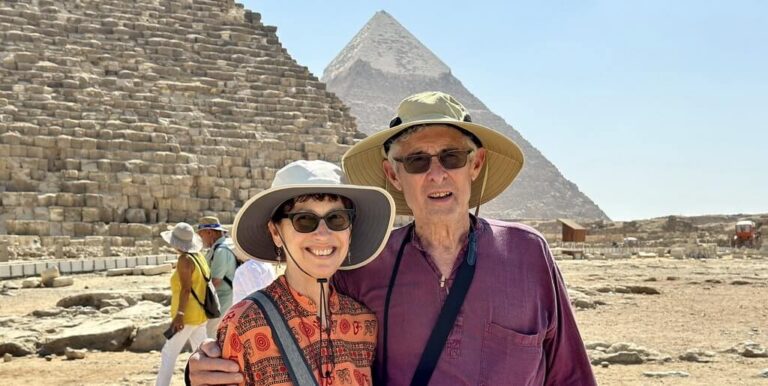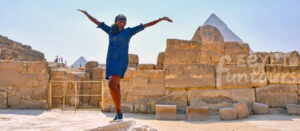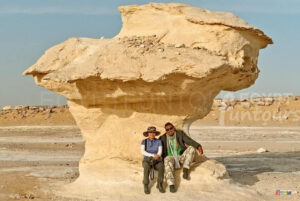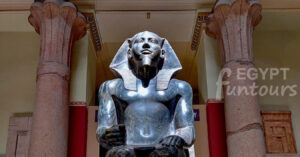Ancient Thebes
Luxor, the site of ancient Thebes, first appears in historical records during the 11th dynasty under King Mentohotep. The city, known as ancient Thebes, served as the capital of Egypt during the New Kingdom (1570-1069 BCE). It is located about 800 kilometers (500 miles) south of the Mediterranean Sea and 675 kilometers (419 miles) south of modern Cairo. The city was a major cult center and a hub for religious activity, home to some of the most important monuments, including the temples of Karnak and Luxor, and the Valley of the Kings.
Names and Significance
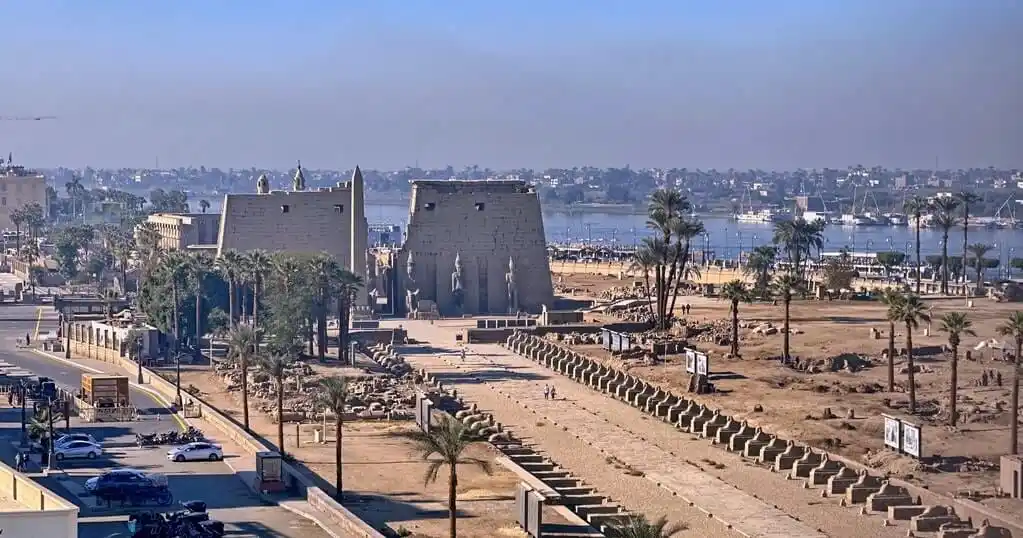
Ancient Luxor’s initial name was “Nowe” or “Nuwe,” which means “City of Amon.” It was a primary center for the worship of the god Amun. The Greeks later named the city “Thebai.” The poet Homer famously called it “Ancient Thebes with a Hundred Gates.” The city also went by the name “Waset” during the Old Kingdom. It was then the capital of Upper Egypt’s fourth district. Luxor hosted major festivals, such as the Festival of Opet and Shemu. In 1979, its incredible collection of temples, tombs, and artifacts led people to designate the city as a UNESCO World Heritage Site.
A Timeline of Luxor’s History
The history of ancient Thebes traces back to Egypt’s Old Kingdom, though most of its earliest monuments are from the 11th dynasty (2081–1939 BC). The city faced a period of foreign rule after the capital moved to Memphis during the 12th dynasty and was invaded by the Hyksos. King Ahmose later liberated the city around 1530–1520 BC. Thebes entered its golden age in the 18th dynasty, becoming the official capital and prospering from wealth gained in expeditions to Nubia and Asia.
The city’s peak prosperity occurred under Amenhotep III in the 14th century BC. This was followed by a period of turmoil when his successor, Akhenaten (1353–1336 BC), attempted to impose monotheism failed. Tutankhamun (1333–1323 BC) later restored ancient Thebes. Pharaohs Seti I (1290–1279 BC) and Ramses II (1279–1213 BC) also expanded its temples. The city’s influence eventually waned near the end of the New Kingdom as the government weakened and priests of Amun gained control.
The Monuments and Temples of ancient Thebes
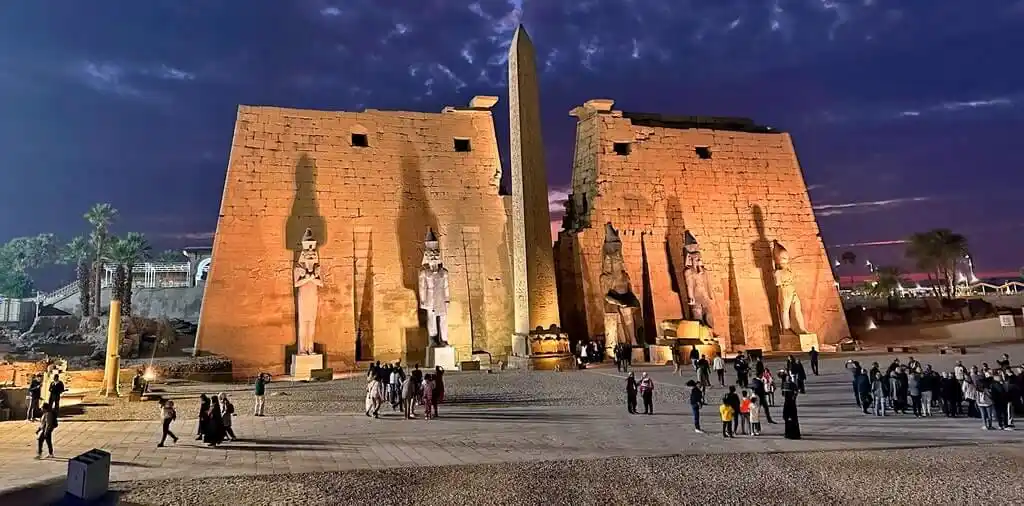
Luxor is a major tourist destination. It is the site of ancient Thebes. The city has a vast collection of temples and monuments. Egypt’s most powerful rulers built many of its famous sites. They built them during the New Kingdom. These sites include the Valley of the Kings and Queens. This served as the burial ground for many pharaohs.
Other major sites are the Karnak Temple. This is a massive religious complex. It was dedicated to the god Amun-Ra, his wife Mut, and their son Khonsu. The Temple of Hatshepsut is magnificent. It is one of Egypt’s best-preserved ancient temples. The Colossi of Memnon also guard the city. Many temples, like the Ramesseum, immortalized pharaohs’ legacies. For example, they celebrated Ramses II’s victory at the Battle of Kadesh. There are inscriptions and art filling the temple’s walls. These offer insight into ancient religious beliefs and daily life in ancient Thebes.


